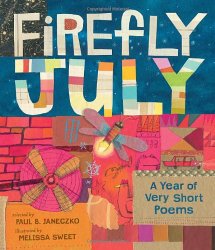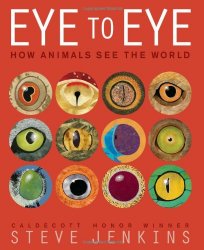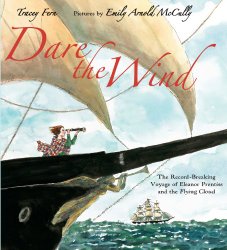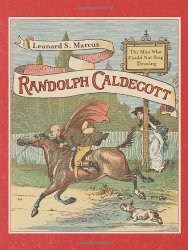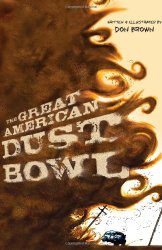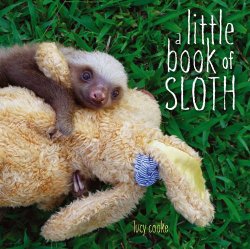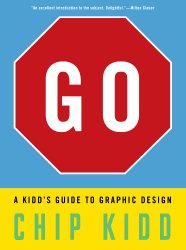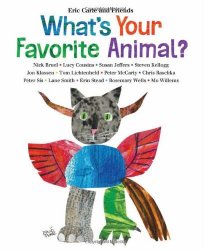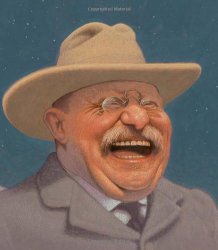Review of Firefly July, selected by Paul B. Janeczko, illustrated by Melissa Sweet
A Year of Very Short Poems
selected by Paul B. Janeczko
illustrated by Melissa Sweet
Candlewick Press, 2014. 48 pages.
Starred Review
I’m not proud to say it, but a poetry book has to be something special to wow me. Firefly July is stunning.
The poems chosen have one thing in common: They are all short. They are also fit nicely into the context of a specific season.
A few are well-known, and I’d heard of them in my childhood, such as “The Red Wheelbarrow,” by William Carlos Williams, and “Fog,” by Carl Sandburg. Several more were by poets I’d heard of, such as Emily Dickinson and Langston Hughes. But the majority were entirely new to me. Those, too, were short and sweet and lovely.
Of course, the fact that all the poems are short makes this perfect for young kids looking for their first poem to memorize.
But the stunning part of the book is the way the bright pictures work with the poetry. I love the water lily on the page with this poem:
Water Lily
My petals enfold stamens of gold.
I float, serene, while down belowthese roots of mine are deeply stuck
in the coolest most delicious muck.–Ralph Fletcher
Melissa Sweet’s artwork is hard to describe. There are collage elements and bright colors and unsophisticated line drawings and friendly faces. They work beautifully with the poems in this collection.
Find this review on Sonderbooks at: www.sonderbooks.com/Childrens_Nonfiction/firefly_july.html
Disclosure: I am an Amazon Affiliate, and will earn a small percentage if you order a book on Amazon after clicking through from my site.
Source: This review is based on a library book from Fairfax County Public Library.
Disclaimer: I am a professional librarian, but I maintain my website and blogs on my own time. The views expressed are solely my own, and in no way represent the official views of my employer or of any committee or group of which I am part.
